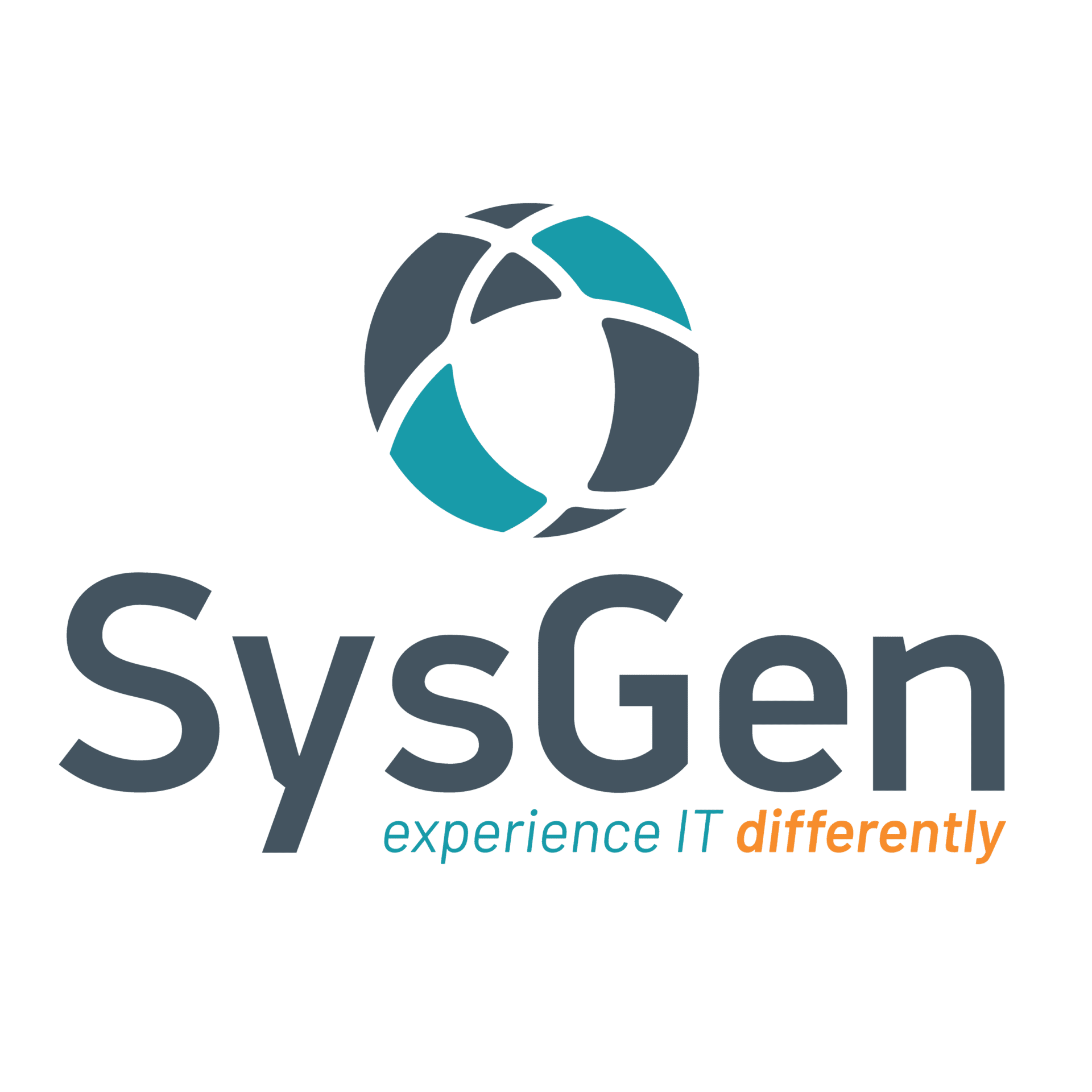Artificial Intelligence (AI) has quickly become a transformative force across various industries. Tools like ChatGPT and Copilot are no longer futuristic concepts but integral components of daily business operations. From automating customer service to enhancing decision-making processes, these tools are reshaping how businesses operate, driving efficiency, and offering competitive advantages.
However, as these technologies become more embedded in business processes, they also introduce new security challenges that must be addressed to protect sensitive data and maintain operational integrity.
Table of Contents
- The Crucial Role of Security in AI Integration
- 1. Assessing Your Current Security Posture
- 2. Choosing the Right AI Tools
- 3. Implementing AI with Security in Mind
- 4. Training and Awareness
- 5. Continuous Monitoring and Maintenance
- 6. Ensuring Compliance with Regulations
- 7. Preparing for Future Security Challenges
- Conclusion
- Frequently Asked Questions
The Crucial Role of Security in AI Integration
While the benefits of AI tools are undeniable, their integration into business operations must be approached with a strong emphasis on security. AI systems can process vast amounts of data, including confidential business information, customer data, and intellectual property. If these tools are not properly secured, they can become gateways for cyberattacks, data breaches, and other security incidents that can severely damage a business’s reputation and bottom line. Therefore, understanding and implementing best practices for securely integrating AI tools is essential for any organization looking to harness the power of AI without compromising security.
Together, let’s examine the best ways to securely integrate AI tools into your business operations. From assessing your current security posture to preparing for future security challenges, we aim to provide you with actionable insights to ensure that your AI integration is both effective and secure.
1. Assessing Your Current Security Posture
Evaluate Existing Security Measures
Before introducing AI tools into your business operations, it is crucial to evaluate your current security measures. Understanding your existing security framework will help you identify any gaps that need to be addressed to ensure that AI integration does not expose your business to unnecessary risks.
Start by conducting a comprehensive security audit that includes reviewing your network security, data protection protocols, and access controls. This audit will give you a clear picture of where your business stands in terms of security and highlight areas that require improvement.
Identify Potential Vulnerabilities
AI tools, by their nature, can introduce new vulnerabilities into your business systems. For instance, they might require access to sensitive data or integration with other software platforms, creating potential entry points for cyberattacks. Identifying these vulnerabilities before integrating AI tools is essential to mitigate risks.
Consider working with cybersecurity experts to conduct penetration testing and vulnerability assessments that simulate potential attacks on your systems. These tests can reveal weak points that need to be fortified before AI tools are fully integrated into your operations.
2. Choosing the Right AI Tools
Selecting the right AI tools is a critical step in ensuring secure integration. Not all AI vendors have the same level of commitment to security, so it is essential to perform due diligence when choosing an AI provider.
Research potential vendors thoroughly, focusing on their:
- Security practices
- Data protection policies
- Track record in handling security incidents
Look for vendors that offer transparency about their security measures and provide regular updates and patches to address emerging threats.
Understanding AI Capabilities and Limitations
It is also important to understand the capabilities and limitations of the AI tools you plan to integrate. While AI can offer powerful solutions, it is not infallible and can be vulnerable to specific types of attacks, such as adversarial attacks, where malicious inputs are used to deceive the AI system. By understanding these limitations, you can take proactive steps to secure your AI tools, such as implementing additional layers of security or restricting the AI’s access to certain types of data.
3. Implementing AI with Security in Mind
When integrating AI tools into your business, it is crucial to limit access to authorized personnel only. Implementing Role-Based Access Control (RBAC) is an effective way to achieve this. RBAC allows you to assign specific roles to users based on their responsibilities and restrict access to AI tools and the data they process accordingly.
For example, an employee in the marketing department may need access to AI-generated customer insights, but they should not have access to the raw customer data used by the AI tool. By carefully managing access, you can reduce the risk of data breaches and ensure that only those who need access to sensitive information have it.
Data Encryption and Storage
Data encryption is a fundamental security measure that should be in place when integrating AI tools into your business.
Ensure that any data processed or stored by AI tools is encrypted both in transit and at rest. This means that data is encrypted when it is being transmitted between systems and when it is stored in databases or other storage solutions.
Encryption ensures that even if data is intercepted or accessed without authorization, it remains unreadable and unusable to attackers. Additionally, consider using secure cloud storage solutions that offer built-in encryption and robust access controls.
Regular Security Audits
Security is not a one-time effort but an ongoing process that requires regular monitoring and evaluation. Conducting regular security audits of your AI tools and their integration points is essential to ensure that your security measures remain effective over time. These audits should include reviewing access logs, monitoring for unusual activity, and assessing the effectiveness of your encryption and data protection protocols. By regularly auditing your AI tools, you can quickly identify and address any new vulnerabilities that may arise as your business operations evolve.
4. Training and Awareness
One of the most important aspects of securely integrating AI tools into your business is ensuring that your employees are trained on how to use these tools securely. AI tools can be powerful, but they can also be misused if employees are not properly trained.
Provide comprehensive training on the secure use of AI tools, including how to handle data, recognize potential security threats, and follow company security protocols. Training should be ongoing, with regular updates as new AI tools are introduced or as security practices evolve.
Creating a Security Culture
Beyond formal training, fostering a culture of security within your organization is crucial. This means encouraging employees to prioritize security in all aspects of their work, from how they handle data to how they interact with AI tools. You can promote security awareness through:
- Regular communication
- General reminders
- Incentives related to following best practices
A strong security culture ensures that security becomes a shared responsibility across the organization, reducing the likelihood of security breaches and ensuring that AI tools are used safely and effectively.
5. Continuous Monitoring and Maintenance
Once AI tools are integrated into your business operations, continuous monitoring is essential to detect any unusual or unauthorized activity. Implement monitoring solutions that can track the behaviour of AI tools in real time, looking for signs of misuse, unexpected behaviour, or potential security breaches. Monitoring should include both automated tools that can detect anomalies and manual reviews by cybersecurity professionals who can investigate and respond to potential threats.
Regular Updates and Patch Management
AI tools, like any other software, require regular updates and patches to remain secure. Vendors often release updates to address security vulnerabilities, improve functionality, and enhance performance.
It is crucial to stay on top of these updates and ensure that they are applied promptly. Develop a patch management process that includes testing updates in a controlled environment before deploying them across your business. Regularly updating your AI tools ensures that they remain secure and that any newly discovered vulnerabilities are quickly addressed.
6. Ensuring Compliance with Regulations
As AI tools become more integrated into business operations, compliance with legal and regulatory requirements becomes increasingly important. Depending on your industry and location, there may be specific regulations governing the use of AI tools, especially concerning data privacy and security. For example, the General Data Protection Regulation (GDPR) in the European Union imposes strict requirements on how personal data is collected, processed, and stored. Ensure that your use of AI tools complies with all relevant regulations, and consider working with legal experts to navigate complex compliance issues.
Documenting Security Practices
Documenting your security practices is not only essential for compliance purposes but also for maintaining a clear record of how AI tools are integrated and secured within your business. Documentation should include details on:
- How data is handled
- Who has access to AI tools
- Security measures in place
- How compliance is maintained
This documentation can be invaluable during audits, regulatory reviews, or in the event of a security incident. It also serves as a reference for updating security practices as your business and the regulatory environment evolve.
7. Preparing for Future Security Challenges
Cybersecurity is far from stagnant, especially as new threats emerge due to technological advancements. As AI tools become more sophisticated, so too do the methods used by cybercriminals to exploit them. It is essential to anticipate and prepare for these evolving threats by staying informed about the latest developments in AI and cybersecurity. Participate in industry forums, attend conferences, and engage with cybersecurity professionals to keep abreast of new threats and best practices for mitigating them.
Adopting a Proactive Security Strategy
A proactive security strategy is key to staying ahead of potential threats. Rather than waiting for a security incident to occur, take a proactive approach by:
- Regularly reviewing and updating your security measures
- Conducting threat assessments
- Investing in advanced cybersecurity solutions
Consider implementing machine learning-based security tools that can detect and respond to threats in real time. By adopting a proactive strategy, you can reduce the risk of security breaches and ensure that your AI tools are used safely and effectively.
Conclusion
Integrating AI tools like ChatGPT and Copilot into your business operations offers significant benefits, but it also requires careful attention to security. By assessing your current security posture, choosing the right AI tools, implementing security best practices, training employees, continuously monitoring AI tool activity, ensuring compliance, and preparing for future security challenges, you can securely integrate AI into your business and unlock its full potential.
As businesses increasingly rely on AI tools, it is more important than ever to ensure that these tools are integrated securely. We encourage you to assess your current practices and implement the best practices outlined in this blog to protect your business and its data.
If you need assistance with securely integrating AI tools into your business operations, connect with our team at SysGen. We have the expertise and resources to help you navigate the complexities of AI integration, from selecting the right tools to ensuring compliance and maintaining security.
Frequently Asked Questions
How do I know if an AI tool is secure?
To determine if an AI tool is secure, research the vendor’s security practices, review any available security certifications, and assess the tool’s data protection features. Consider conducting a security audit or consulting with a cybersecurity expert to evaluate the tool’s security before integration.
What are the risks of not securing AI tools in my business?
Not securing AI tools can expose your business to various risks, including data breaches, unauthorized access to sensitive information, and potential regulatory violations. These risks can result in financial losses, legal penalties, and damage to your business’s reputation.
Can a Managed Service Provider help with AI integration security?
Yes, a Managed Service Provider (MSP) can provide valuable support in securely integrating AI tools into your business. MSPs like our team at SysGen offer expertise in cybersecurity, compliance, and AI integration, helping you navigate the complexities of AI adoption while ensuring that your security measures are robust and effective.



